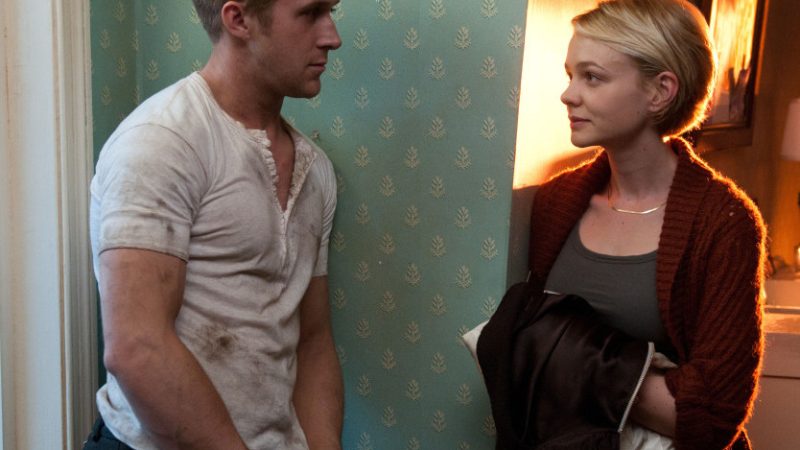We Have Always Lived in the Castle
“We Have Always Lived in the Castle,” a mesmerizing novel by Shirley Jackson, is a chilling exploration of isolation, madness, and the sinister undercurrents of family dynamics. Published in 1962, Jackson’s final novel has continued to captivate readers with its eerie atmosphere and psychological depth. Through intricate storytelling and rich symbolism, Jackson crafts a haunting narrative that lingers in the minds of readers long after they turn the final page.
Set in an isolated mansion on the outskirts of a small village, the novel introduces us to the Blackwood family: eighteen-year-old Mary Katherine “Merricat” Blackwood, her sister Constance, and their ailing Uncle Julian. The Blackwoods live in seclusion, shunned by the villagers due to a tragic event that took the lives of the rest of their family years earlier. Merricat, the unreliable narrator, takes readers into the twisted world of the Blackwoods, where superstition and paranoia reign supreme.
From the opening pages, Jackson establishes an atmosphere of unease, drawing readers into the peculiar lives of the Blackwood sisters. Merricat’s ritualistic behaviors and obsessive thoughts hint at deeper psychological disturbances, while Constance’s calm demeanor belies a complex inner turmoil. The dynamic between the two sisters is fraught with tension, oscillating between loyalty and resentment.
Central to the novel is the theme of isolation, both physical and psychological. The Blackwoods’ self-imposed exile from society mirrors their internal alienation, as they grapple with the traumas of their past. Their mansion, surrounded by an overgrown garden and a foreboding atmosphere, becomes a symbol of their collective psyche—a fortress against the outside world and a prison of their own making.
Jackson masterfully employs symbolism to enrich the narrative and deepen its thematic resonance. The motif of poison permeates the novel, representing not only the literal arsenic used to poison the Blackwood family but also the toxic secrets and resentments festering within the household. The pervasive presence of death, from the remnants of the family’s fatal meal to Uncle Julian’s obsession with documenting the tragedy, serves as a constant reminder of the past’s grip on the present.
At its core, “We Have Always Lived in the Castle” is a study of power dynamics and the ways in which they shape interpersonal relationships. Merricat wields a peculiar form of control over her sister and uncle, manipulating their perceptions and enforcing her own distorted reality. Her rituals and superstitions serve as a means of asserting authority in a world that has rejected her, highlighting the vulnerability that underlies her outward facade of strength.
The arrival of cousin Charles disrupts the fragile equilibrium of the Blackwood household, introducing an external threat that exposes the cracks in their carefully constructed facade. Charles’s motives remain ambiguous throughout the novel, casting him as both a potential savior and a harbinger of destruction. His presence catalyzes a series of events that culminate in a harrowing climax, forcing the Blackwoods to confront the demons that have long haunted them.
“We Have Always Lived in the Castle” defies easy categorization, blending elements of Gothic fiction, psychological thriller, and dark comedy. Jackson’s prose is by turns lyrical and chilling, drawing readers deeper into the twisted psyche of her characters. The novel’s ambiguous ending leaves room for interpretation, inviting readers to grapple with its themes long after the final page.
More than half a century after its publication, “We Have Always Lived in the Castle” remains a timeless classic, its exploration of alienation, madness, and family legacy as resonant today as it was upon its release. Shirley Jackson’s masterful storytelling and haunting imagery continue to captivate audiences, ensuring that the Blackwood sisters’ tale will endure as a landmark of literary horror for generations to come






